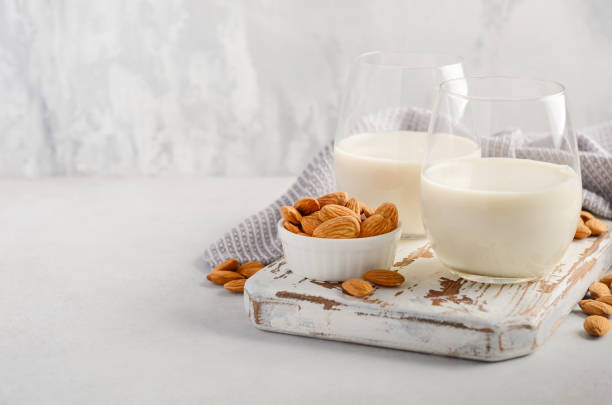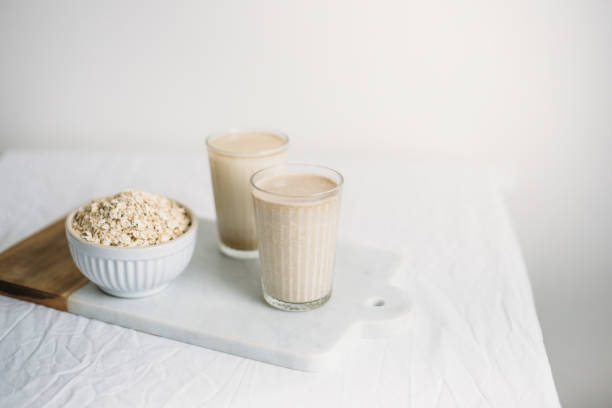Milk is a staple in many people’s diets and is a rich source of nutrients, including calcium, vitamin D, and protein. One of the most common types of milk consumed is whole milk, which is defined as milk that contains 3.25% milkfat. In this article, we will discuss the calorie content of whole milk, as well as the nutritional breakdown of this popular beverage.
One cup of whole milk contains about 150 calories, with 8 grams of fat, 8 grams of carbohydrates, and 8 grams of protein. This is about the same as 2% milk, which has a slightly lower fat content but otherwise similar nutrition facts. Whole milk contains more calories and fat than nonfat or skim milk, which contains around 90 calories and 0.5 grams of fat per cup.
First, let’s look at the calorie content of whole milk. One cup of whole milk, which is equal to 244 grams, contains approximately 150 calories. This is made up of 8 grams of fat, 8 grams of carbohydrates, and 8 grams of protein. The majority of the calories in whole milk come from the fat content, with about 64 calories coming from fat, 56 calories coming from carbohydrates, and 32 calories coming from protein.
When it comes to the fat content of whole milk, it’s important to note that the fat is primarily composed of saturated fat, which has been linked to an increased risk of heart disease when consumed in large quantities. However, it’s worth noting that whole milk also contains beneficial fats, such as monounsaturated and polyunsaturated fats, which have been shown to have a positive impact on heart health.
The fat content of whole milk is what contributes to its calorie count. Milk fat is made up of saturated fat, unsaturated fat, and trans fat. Saturated fat is the type of fat that can raise cholesterol levels and increase the risk of heart disease. Whole milk contains about 5 grams of saturated fat per cup, which is about 25% of the daily recommended intake for adults.
The carbohydrates in whole milk come from the natural sugar, lactose. One cup of whole milk contains about 12 grams of lactose, which is a natural sugar found in milk and dairy products. Lactose is easily digestible and it also supplies energy to the body.
Whole milk also contains a good amount of protein. One cup of whole milk contains about 8 grams of protein, which is about 16% of the daily recommended intake for adults. Protein is important for building and repairing muscle, and it also helps to keep you feeling full and satisfied.
While the carbohydrate content of whole milk is relatively low, it does contain a small amount of lactose, which is a natural sugar found in milk. For individuals with lactose intolerance, consuming whole milk may cause symptoms such as gas, bloating, and diarrhea.
In terms of protein, whole milk contains 8 grams of protein per cup, making it a good source of this essential nutrient. Protein plays a vital role in maintaining and repairing muscle tissue, as well as helping to keep you feeling full and satisfied.
In addition to the macronutrients, whole milk is also a good source of micronutrients, such as calcium and vitamin D. One cup of whole milk contains approximately 30% of the recommended daily value of calcium and 25% of the recommended daily value of vitamin D. Both calcium and vitamin D are essential for maintaining strong bones and teeth.
It’s worth noting that whole milk contains more calories and fat than skim or low-fat milk. However, it is also a more nutrient-dense option, and the fat content can help with satiety and absorption of fat-soluble vitamins. Some people also prefer the taste of whole milk.
In conclusion, whole milk contains a significant amount of calories, primarily coming from fat, but it also provide important nutrients like calcium and vitamin D. While it is important to be mindful of your intake of saturated fat, whole milk can be enjoyed as part of a healthy and balanced diet. As always, it is essential to speak with a healthcare professional before making any significant changes to your diet.

 Home
Home Health
Health Diet & Nutrition
Diet & Nutrition Living Well
Living Well More
More













